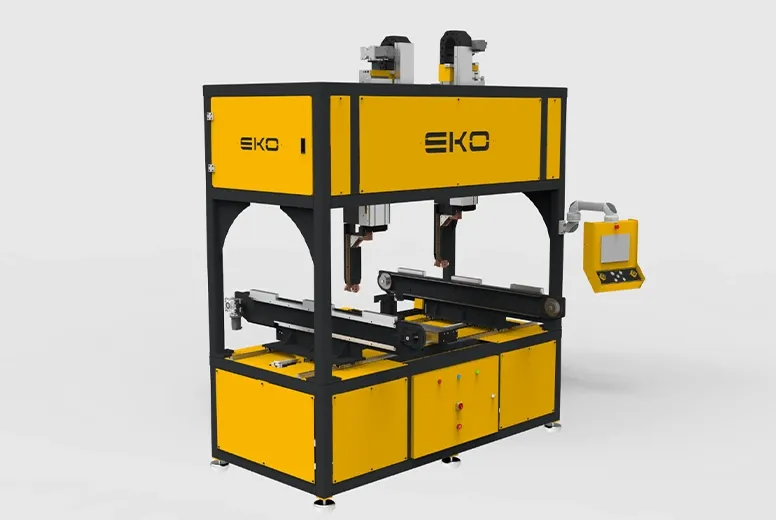Working principle of the spot welding robot is based on the pointwise joining of metal surfaces through electric current and pressure. The robotic arm generates local heat by passing current through the electrodes at designated points. This heat causes the metals to melt, and as they cool down, they fuse together.
Working principle of the spot welding robot enables high-speed and high-accuracy production in industrial environments. These systems perform repetitive tasks reliably on production lines, preventing time loss and increasing production quality. They offer a significant advantage, especially in the automotive industry, for joining sheet metal parts. Welding points are pre-programmed, and the robot applies each one with the same precision. Automatic control systems continuously monitor heat and pressure values to optimize the process. In this way, human errors are eliminated, and energy efficiency is achieved.

